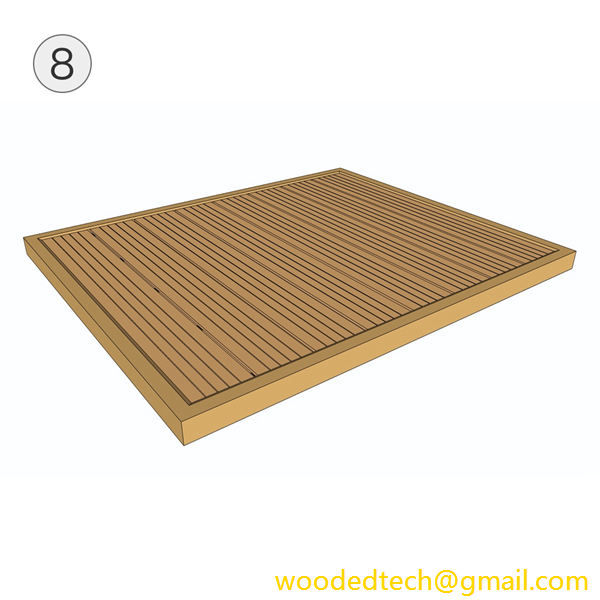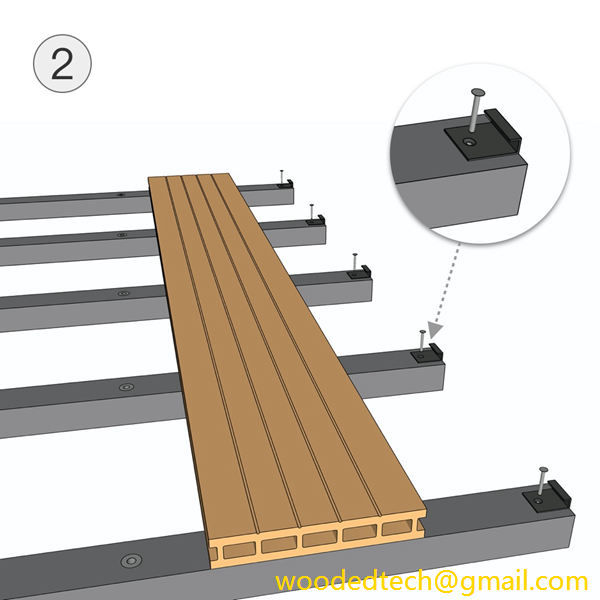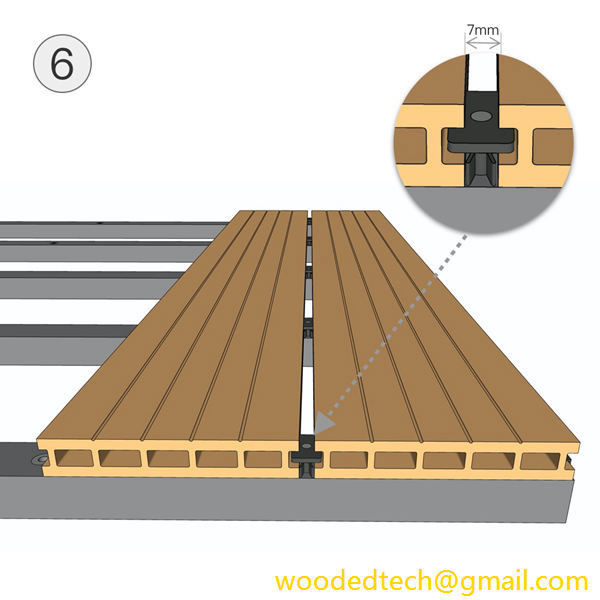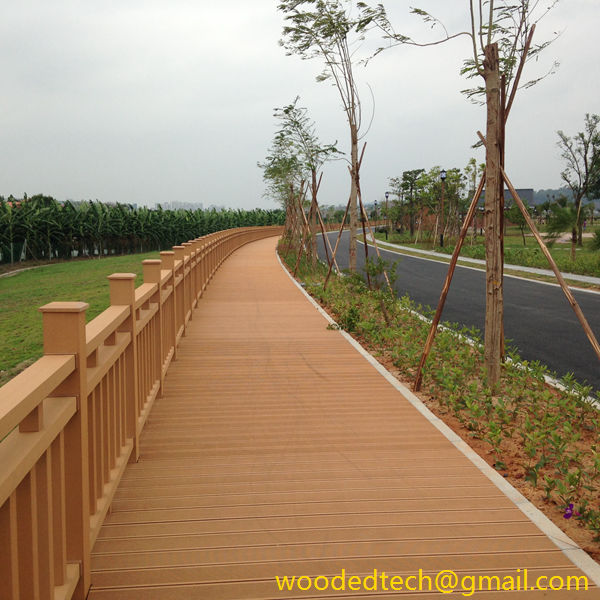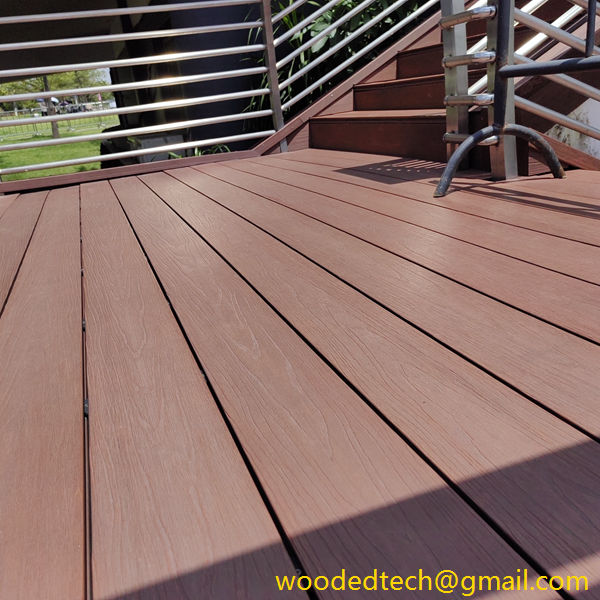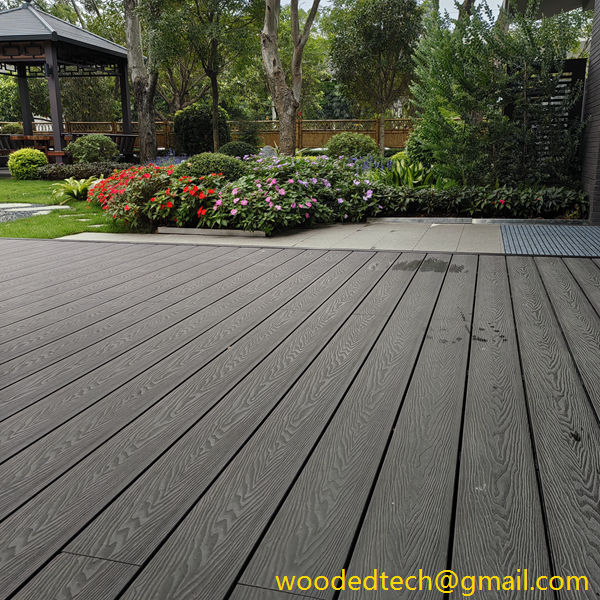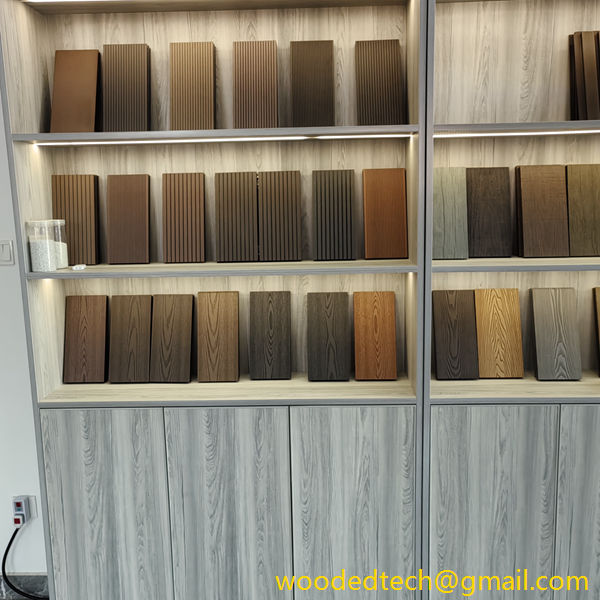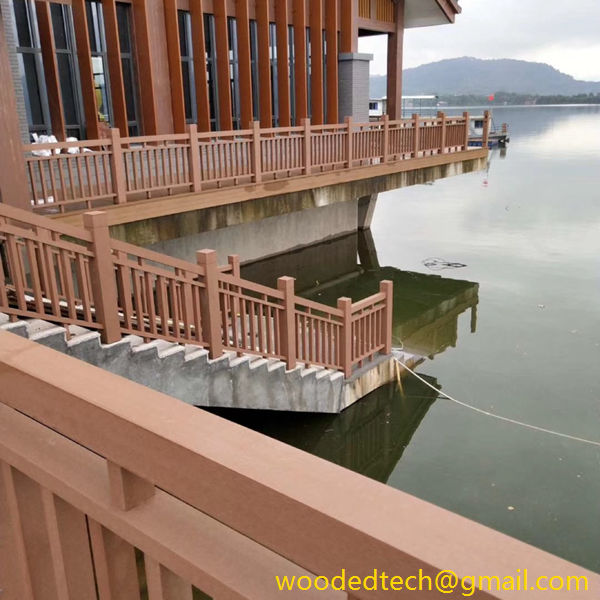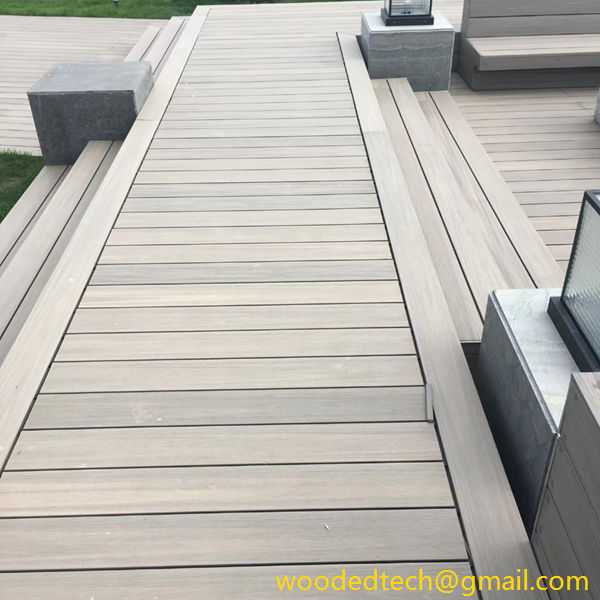Instalación de cubiertas de WPC: Consejos esenciales para la instalación exitosa de cubiertas de WPC
Instalación de cubiertas de WPC: Consejos esenciales para una correcta instalación de cubiertas de WPC Las cubiertas de compuestos de madera y plástico (WPC) han ganado una inmensa popularidad en los últimos años debido a su durabilidad, atractivo estético y bajos requisitos de mantenimiento. A medida que más propietarios y constructores reconocen las ventajas de los suelos de WPC, la demanda de este versátil material sigue creciendo. Si está...
Instalación de cubiertas de WPC: Consejos esenciales para la instalación exitosa de cubiertas de WPC
Wood-Plastic Composites (WPC) decking has gained immense popularity in recent years due to its durability, aesthetic appeal, and low maintenance requirements. As more homeowners and builders recognize the benefits of WPC decking, the demand for this versatile material continues to grow. If you’re considering installing WPC decking in your outdoor space, this article will guide you through the essential tips for successful installation, ensuring that you reap the benefits of this booming market application.
Before diving into the installation process, it’s important to understand what WPC decking is. WPC is a composite material made from a combination of wood fibers and recycled plastic. This unique blend offers the appearance of traditional wood while providing enhanced resistance to moisture, insects, and UV rays. The result is a long-lasting and eco-friendly solution for outdoor decking that requires minimal upkeep.
The first step in any successful decking installation is proper preparation. Start by assessing the area where you plan to install the WPC decking. Ensure that the surface is clean, level, and free from any debris. If you are replacing an old deck, remove the existing materials and make any necessary repairs to the underlying structure.
Next, measure the space accurately. Consider the dimensions of the deck boards you have chosen, as well as the desired layout. Having a clear plan will streamline the installation process and help you avoid costly mistakes.
Selecting high-quality WPC decking boards is crucial for achieving a successful installation. While there are various brands and types available, it’s important to choose a product that meets your needs in terms of aesthetics, durability, and budget. Look for WPC decking that is backed by a warranty, as this can provide peace of mind regarding its longevity.
In addition to the decking boards, you will need to gather other materials such as fasteners, joists, and support beams. Make sure these components are compatible with the WPC material to ensure optimal performance.
When it comes to installing WPC decking, there are several techniques to consider. One of the most common methods is the use of a hidden fastening system, which allows for a clean, seamless look without visible screws on the surface of the boards. This method not only enhances the aesthetic appeal but also protects the fasteners from rust and corrosion.
Begin by laying out the joists, ensuring they are spaced according to the manufacturer’s recommendations. This is critical for providing adequate support for the decking boards. Typically, joists should be spaced 16 inches apart, but it may vary based on the specific product used.
Once the joists are in place, start laying the WPC decking boards from one end of the structure to the other. Use spacers to maintain consistent gaps between the boards, which is essential for allowing for expansion and contraction due to temperature fluctuations. This attention to detail will help prevent warping and ensure the longevity of your deck.
During the installation process, you may need to cut the WPC boards to fit around corners or obstacles. Use a saw specifically designed for cutting composite materials to achieve clean edges. It’s essential to follow safety precautions when using power tools and to wear appropriate protective gear.
If you’re fitting boards around posts or other structural elements, take your time to measure accurately and make precise cuts. A well-fitted board will not only look better but will also perform better over time.
After the decking boards are installed, it’s time to add the finishing touches. This may include installing railings, steps, or other accessories that enhance the functionality and aesthetic of your outdoor space. Ensure that all components are securely fastened and meet local building codes for safety.
Consider applying a protective sealant or stain to further enhance the longevity of your WPC decking. While many products come with built-in UV protection, an additional layer can provide extra defense against the elements.
One of the primary advantages of WPC decking is its low maintenance requirements. However, some care is still necessary to keep your deck looking its best. Regularly clean the surface with soap and water to remove dirt and debris. Avoid using harsh chemicals or abrasive cleaners, as these can damage the finish.
Inspect your deck periodically for signs of wear or damage. Addressing minor issues promptly can prevent them from escalating into more significant problems. Additionally, be mindful of seasonal changes, as extreme temperatures can affect the material.
The installation of WPC decking is a rewarding project that can significantly enhance the beauty and functionality of your outdoor space. By following these essential tips, you can ensure a successful installation that will provide you with years of enjoyment. As the market for WPC decking continues to grow, embracing this innovative solution is a smart investment for any homeowner. With proper planning, quality materials, and attention to detail, your new WPC deck will be a stunning and durable addition to your home for years to come.

